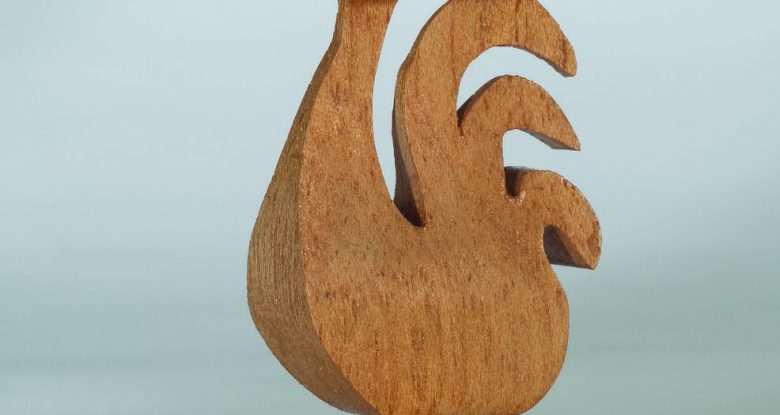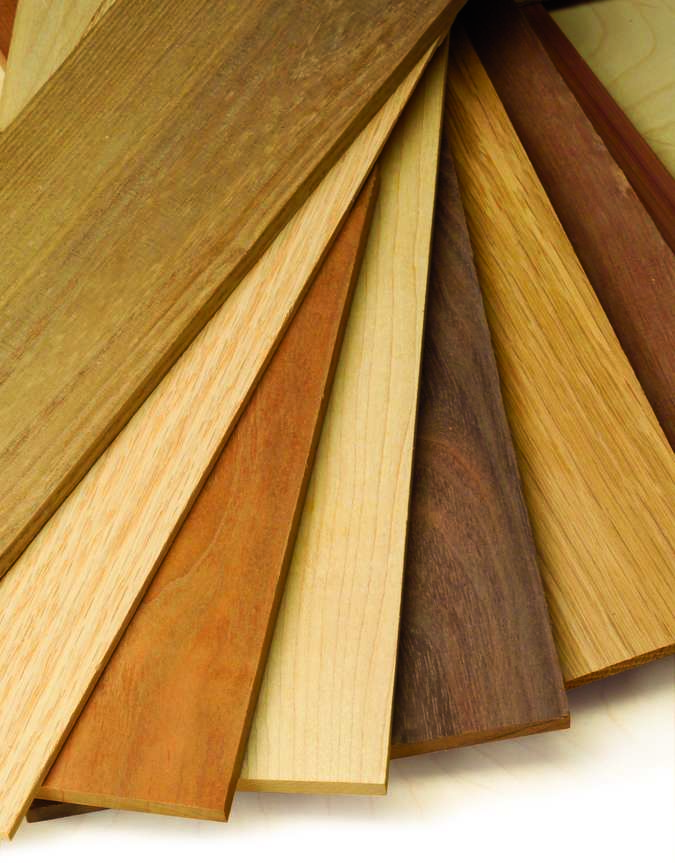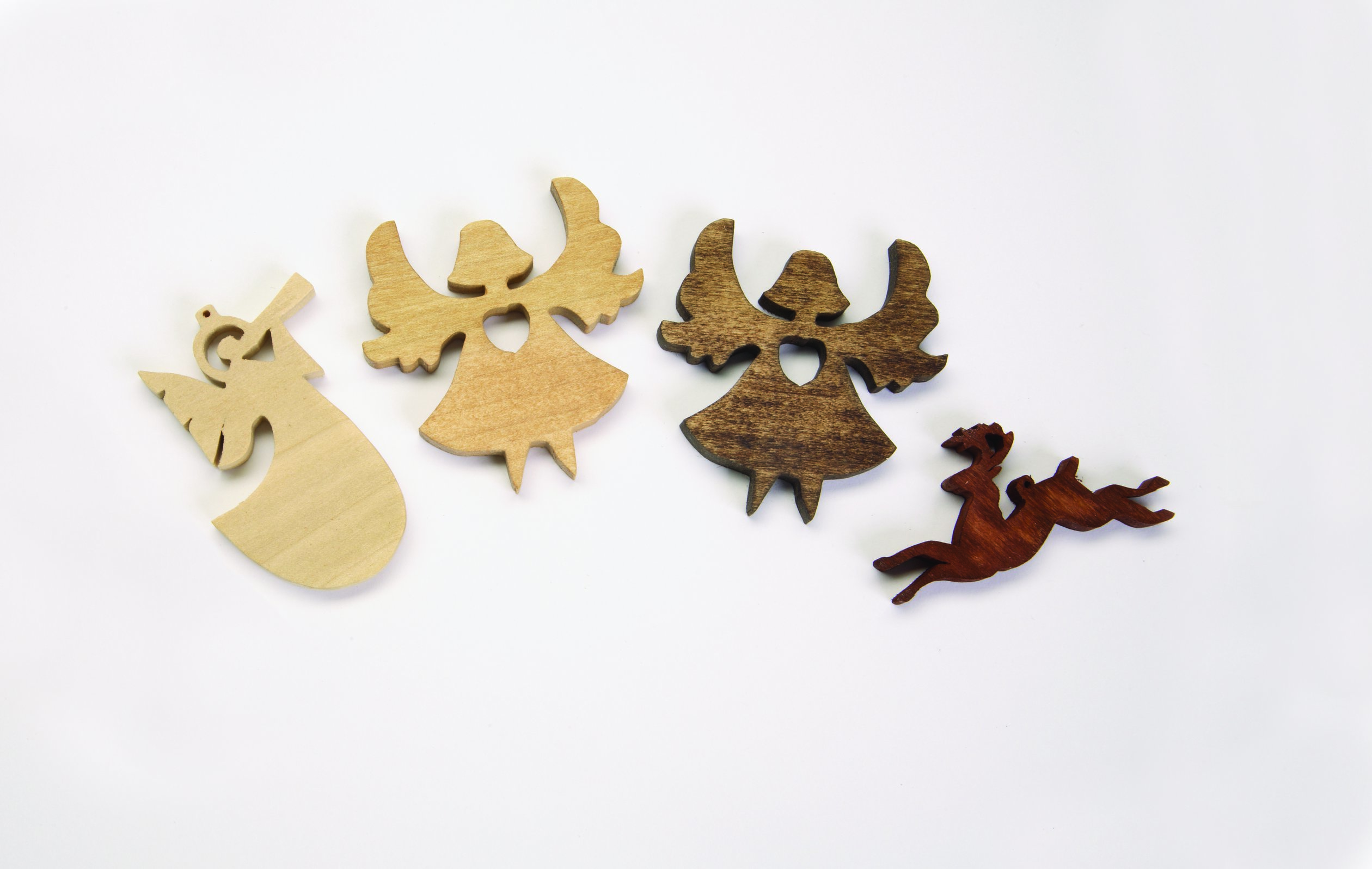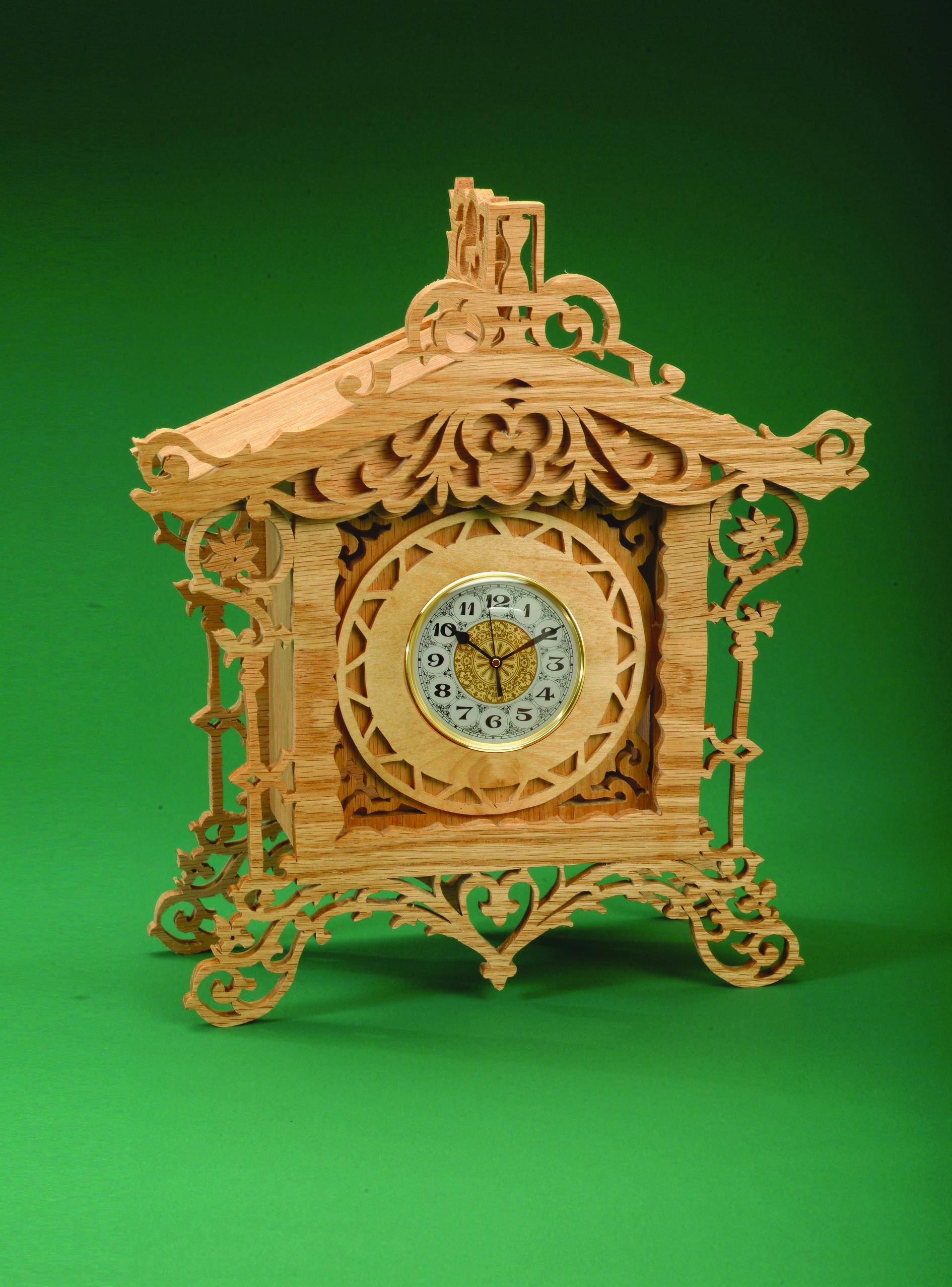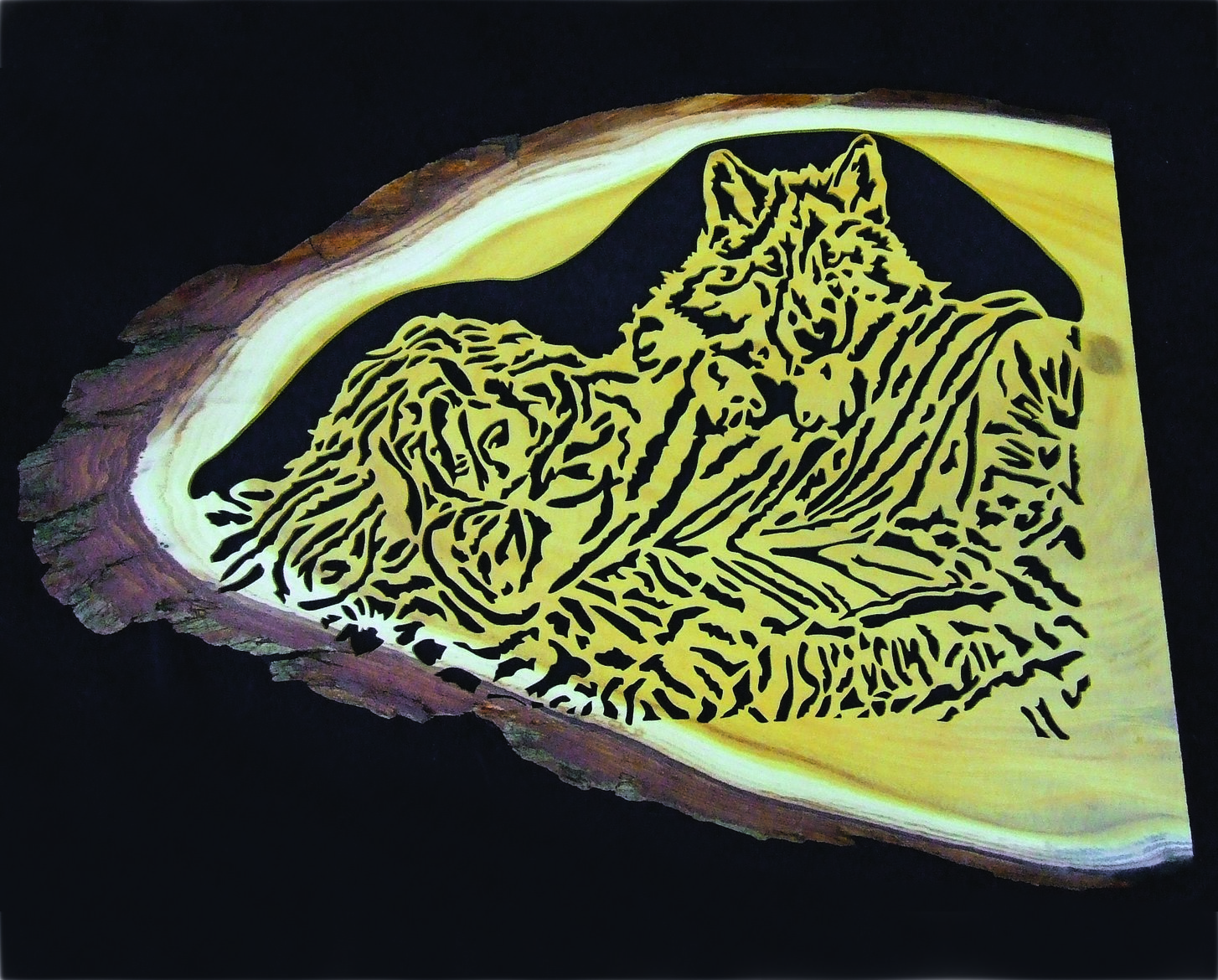by Bob Duncan
This article was first published in issue 30 of Scroll Saw Woodworking & Crafts.
Many people can identify cedar just by smelling it. Most cedars, such as western red cedar, and aromatic cedar, come from an evergreen tree; therefore they fall into the softwoods category with pine and fir. Spanish cedar, despite the fact that it smells identical to the other cedars, is related to mahogany. Botanists categorize it as a hardwood because it loses its leaves every year. Spanish cedar, which is found in Central and South America, and in the Caribbean, is sometimes named for its country of origin (Honduras cedar). It is also called cigar-box cedar, because the aromatic wood is often used to line humidors. The aromatic oils in the wood add flavor to the cigars.
In addition to the pleasant smell, the reddish brown color of Spanish cedar accents a variety of projects—and it is easy to cut. The aromatic oils repel insects, and Spanish cedar is very decay-resistant, which makes it a good wood for outdoor projects.
Working with Spanish Cedar
I’d be hard pressed to pick any wood I’d choose over Spanish cedar for most projects. It cuts, sands, and finishes well, and makes my shop smell good in the process.
According to Woodworkers Source, Spanish cedar is softer than mahogany, but harder than ordinary cedar, poplar, and basswood. It is slightly softer than alder. Spanish cedar comes in at 568 on the Janka hardness scale, while most species of mahogany come in between 800 and 850. Alder is rated at 590.
Spanish cedar sands well and it is easy to cut with a saw. When sanded, it looses some of its distinct characteristics, but Spanish cedar literally shines when you slice it with a sharp knife or chisel. Because of this, I tend to use a cabinet scraper rather than sandpaper to finish it. The sap wood and heart wood are nearly identical in color; a reddish-brown that ages to a deep rich brown.
Like most woods of similar hardness, Spanish cedar accepts nails and screws well. Some tropical hardwoods produce oils that make gluing difficult, but Spanish cedar glues well despite the oils that produce the great smell.
If you look closely at Spanish cedar, you can see that it has a pronounced grain. While the grain isn’t nearly as open as oak, it is more open than poplar or walnut. This open grain does make it more prone to breaking with the grain, but I’ve been successful cutting pieces less than 1/4″-thick; it just requires a bit of forethought when you place the patterns.
Finishing Spanish Cedar
Spanish cedar accepts finishes well. I regularly use oil, lacquer, and shellac on various projects I have cut from Spanish cedar. My favorite technique is to apply tung oil until the wood stops absorbing the oil. I let it dry overnight, then try to rub in more tung oil. After a few days, when the wood will absorb no more oil, I allow it to dry for a week. The oil enhances the reddish-brown color of the cedar and gives it an auburn color.
After the oil is totally dry, I apply a few coats of semi-gloss lacquer. This imparts a slight sheen to the wood that accents any cuts I’ve made with a sharp cutting tool. Occasionally, the oil that gives Spanish cedar its trademark smell weeps out of the pores of the wood before you have a chance to apply a finish. If this happens, wipe the oil off with lacquer thinner or acetone before applying the finish.
On projects I’ve cut from Spanish cedar, I carve my initials into the wood rather than burning or signing my name; I love the way it looks.
Summary
Spanish cedar, while not as hard as other hardwoods, makes a great wood for scroll sawing. The red colored wood is hard enough to resist breaking, but soft enough to cut easily. The attractive red color looks good preserved with an oil finish, or allowed to age to a deep, rich brown.
Discuss this material on the Scroll Saw Woodworking & Crafts forums.


